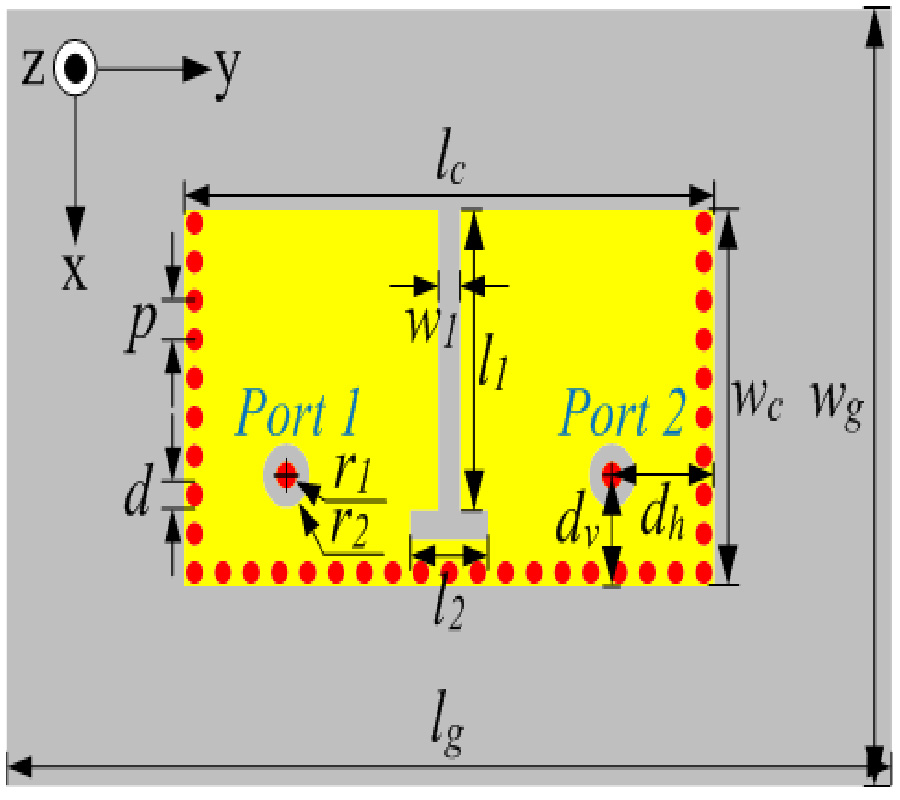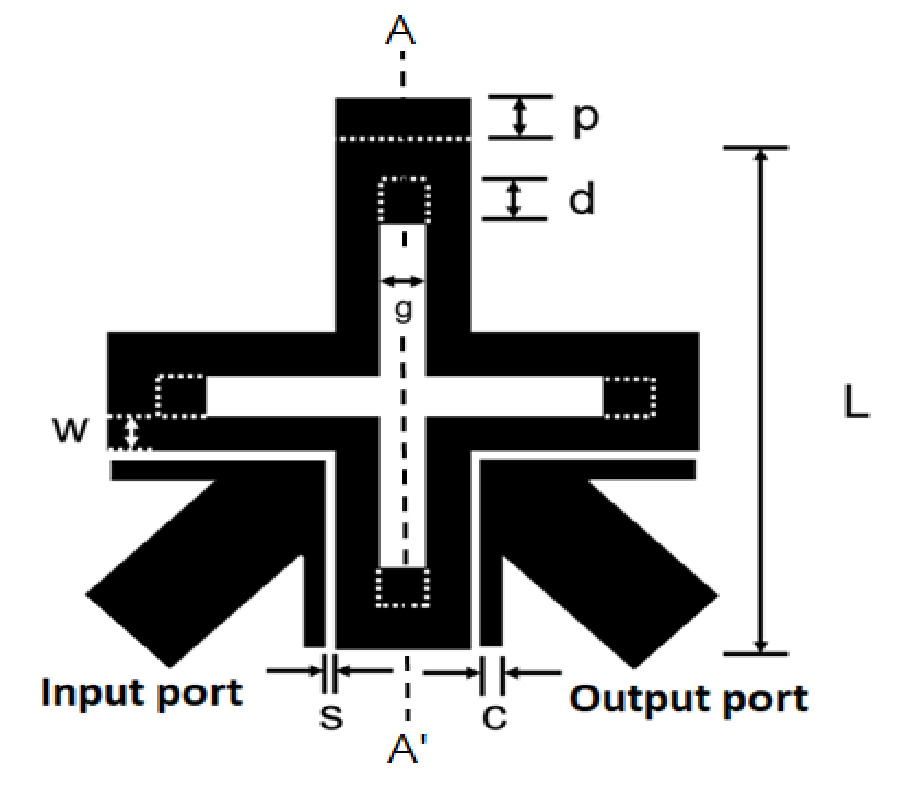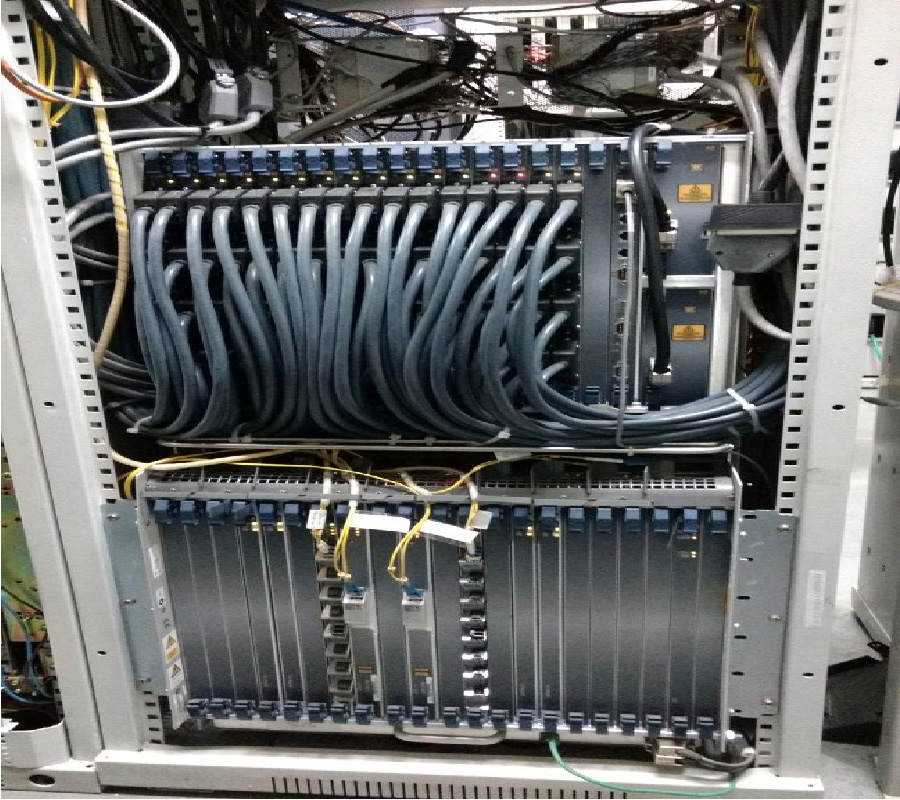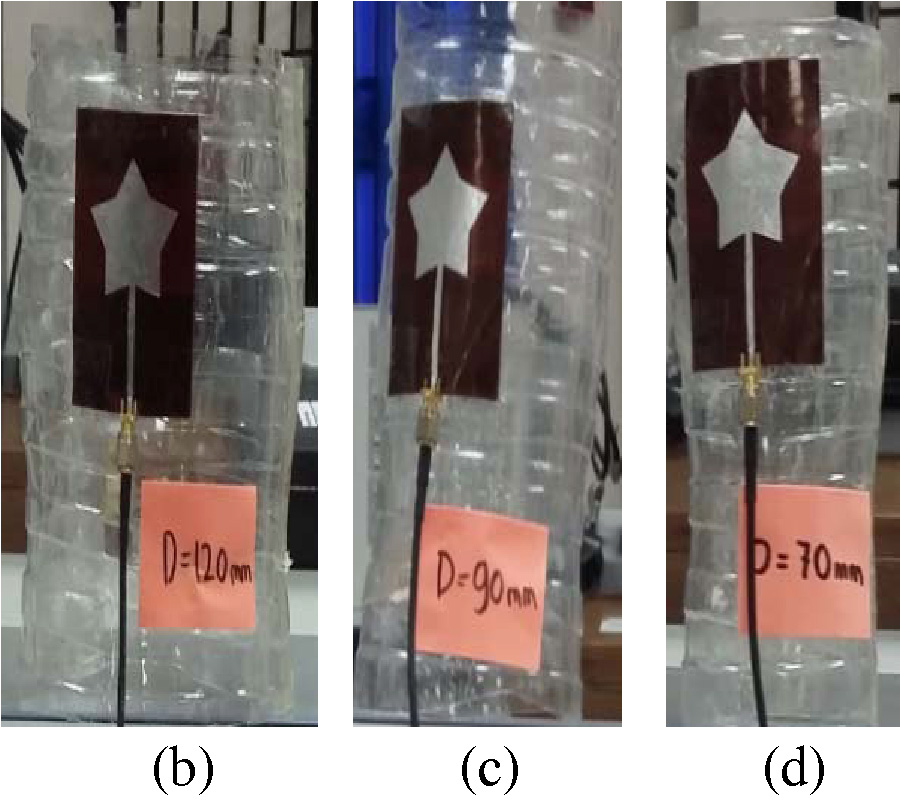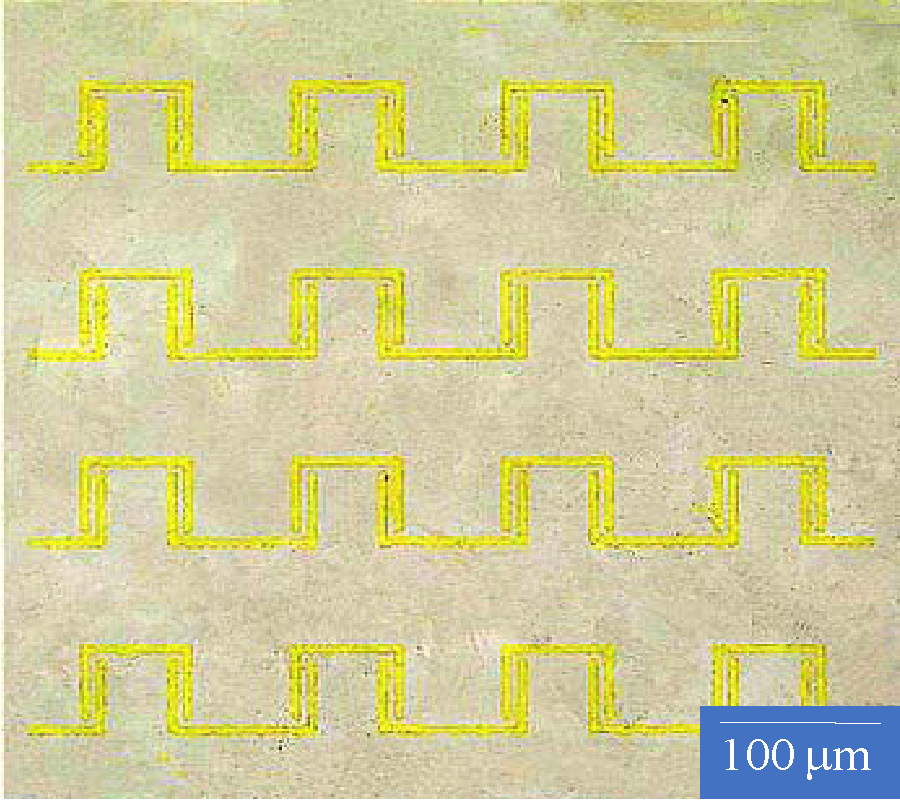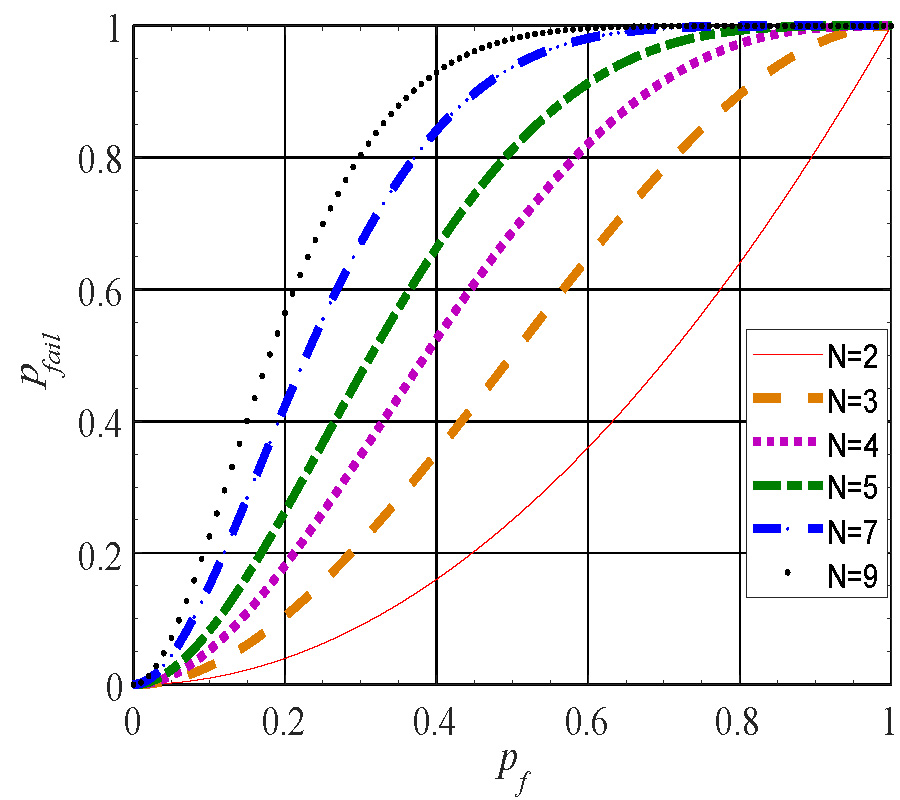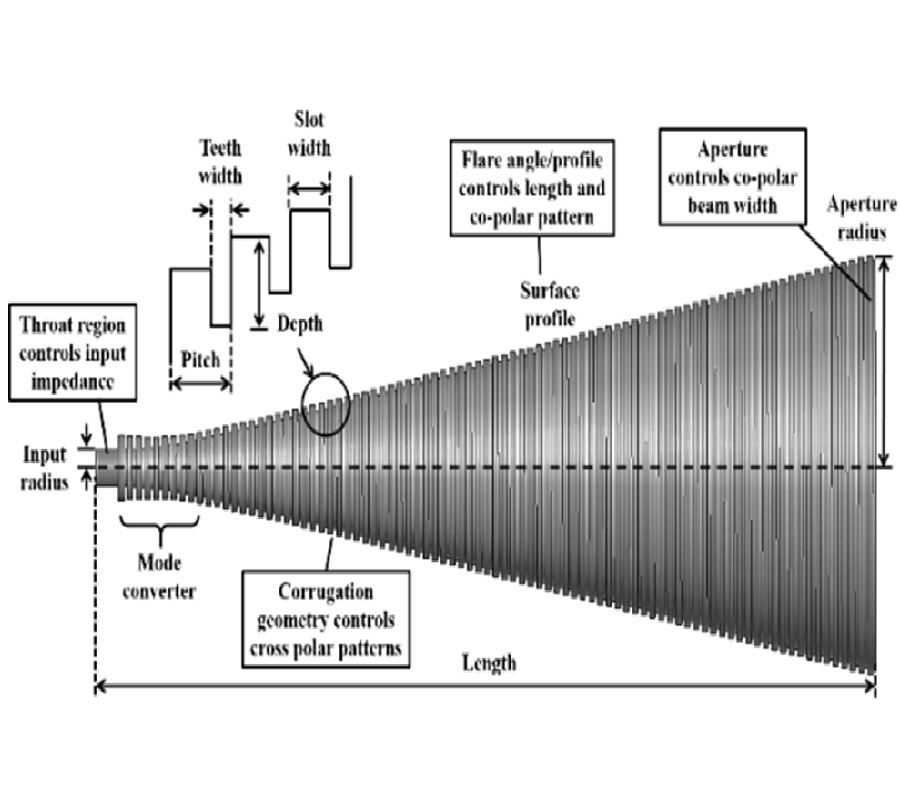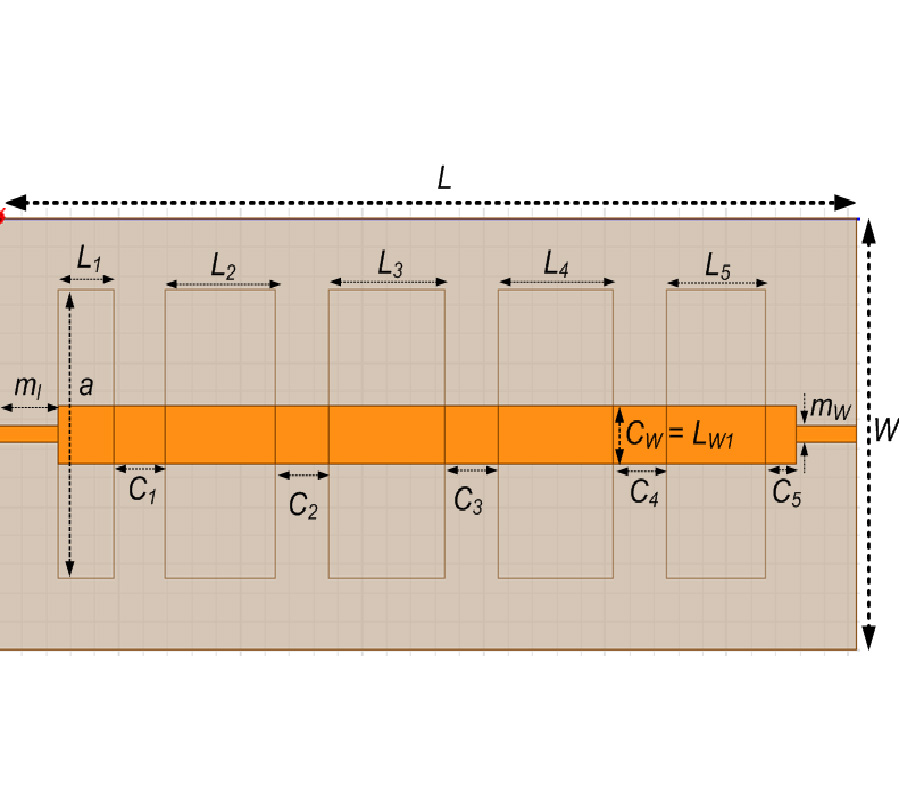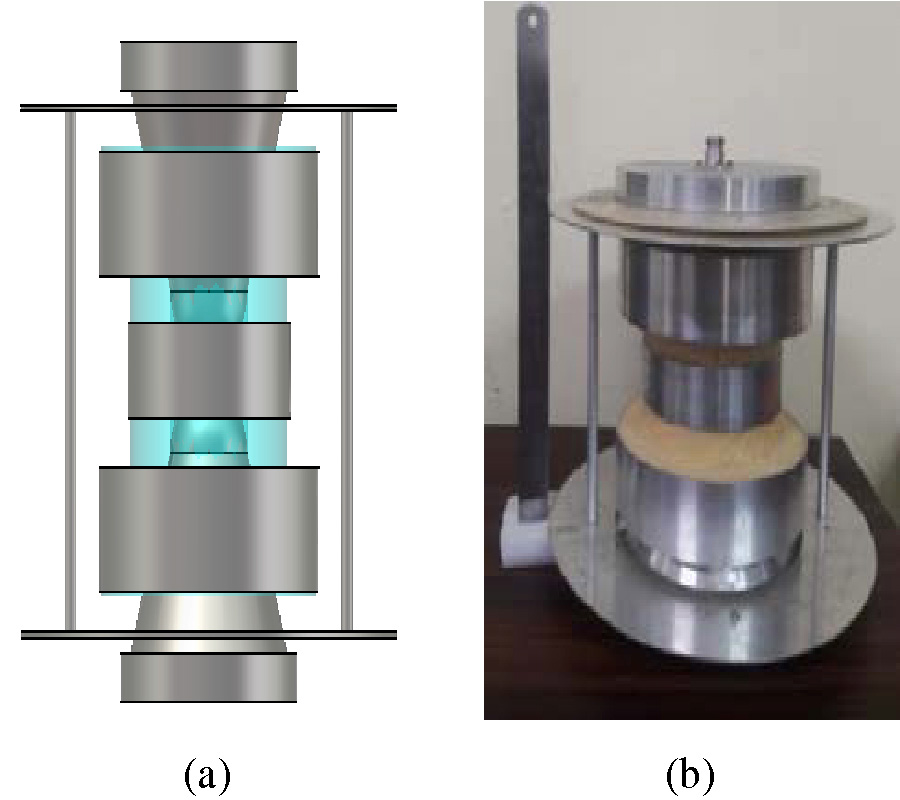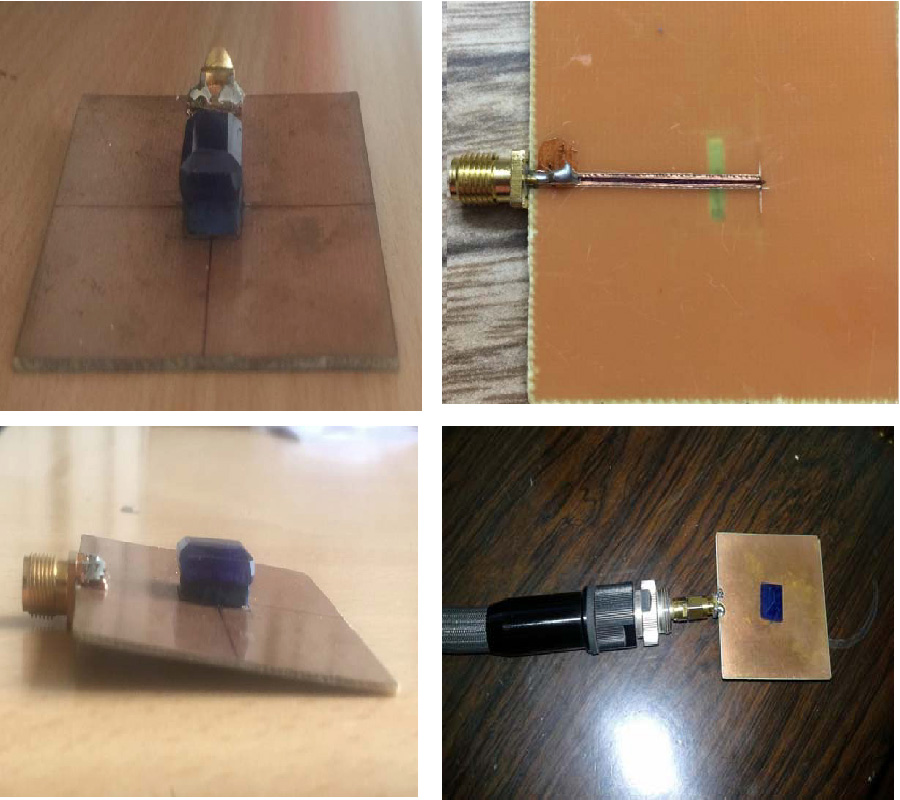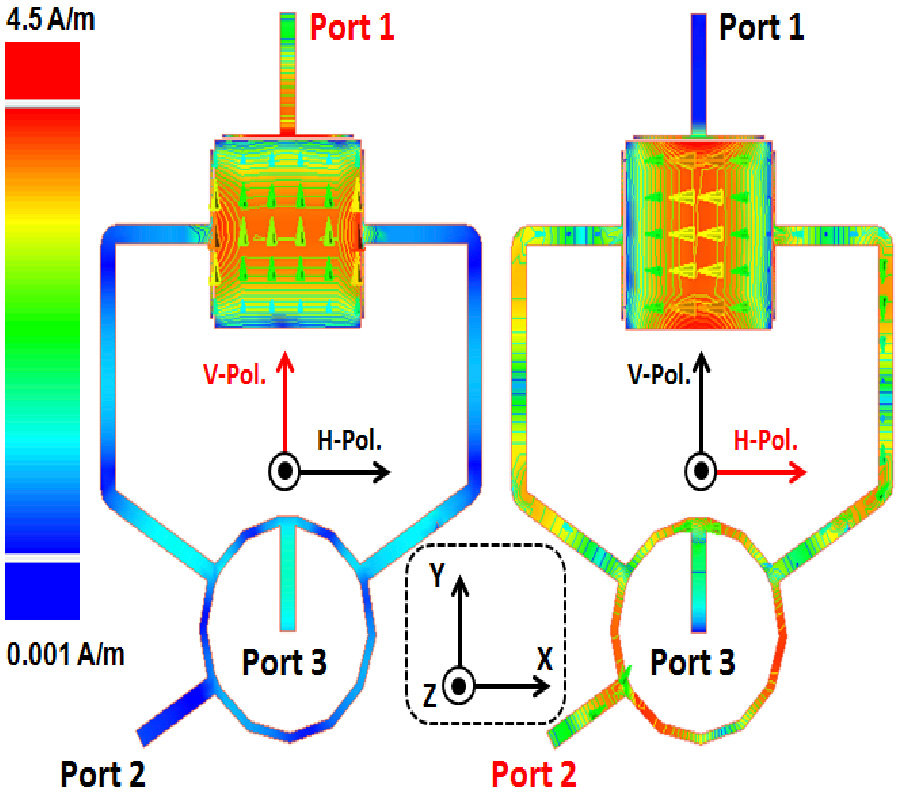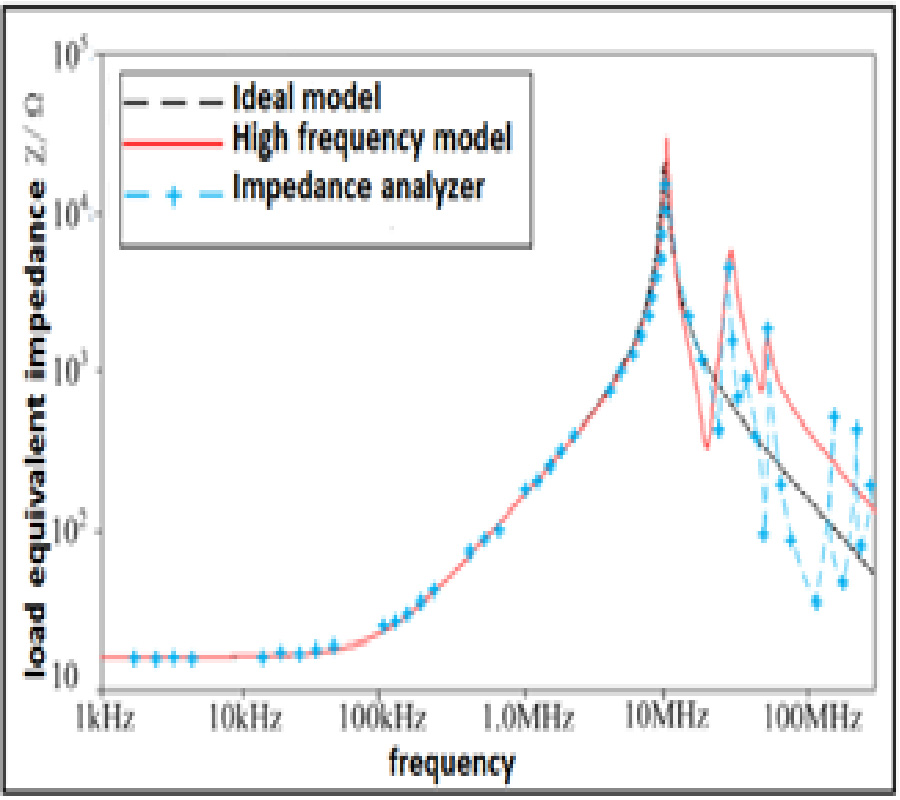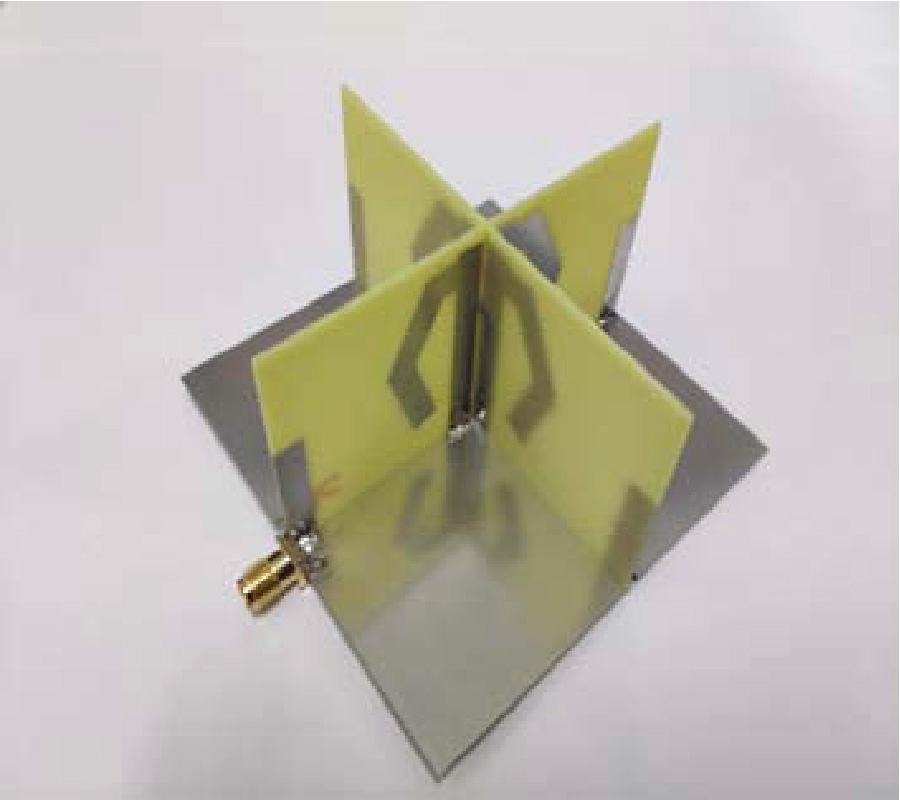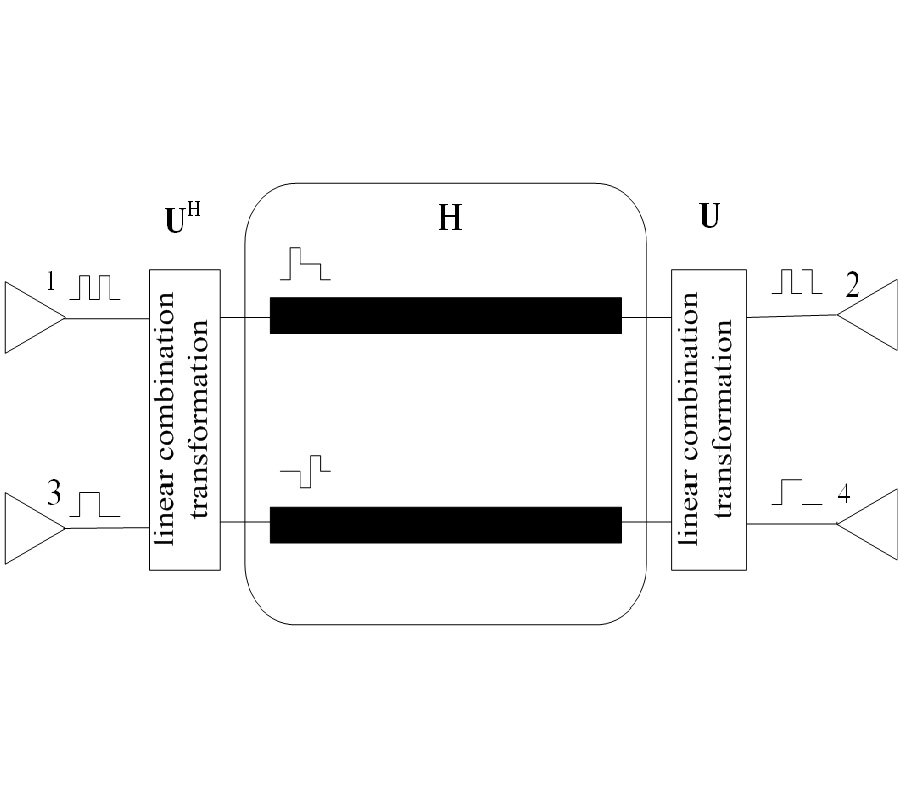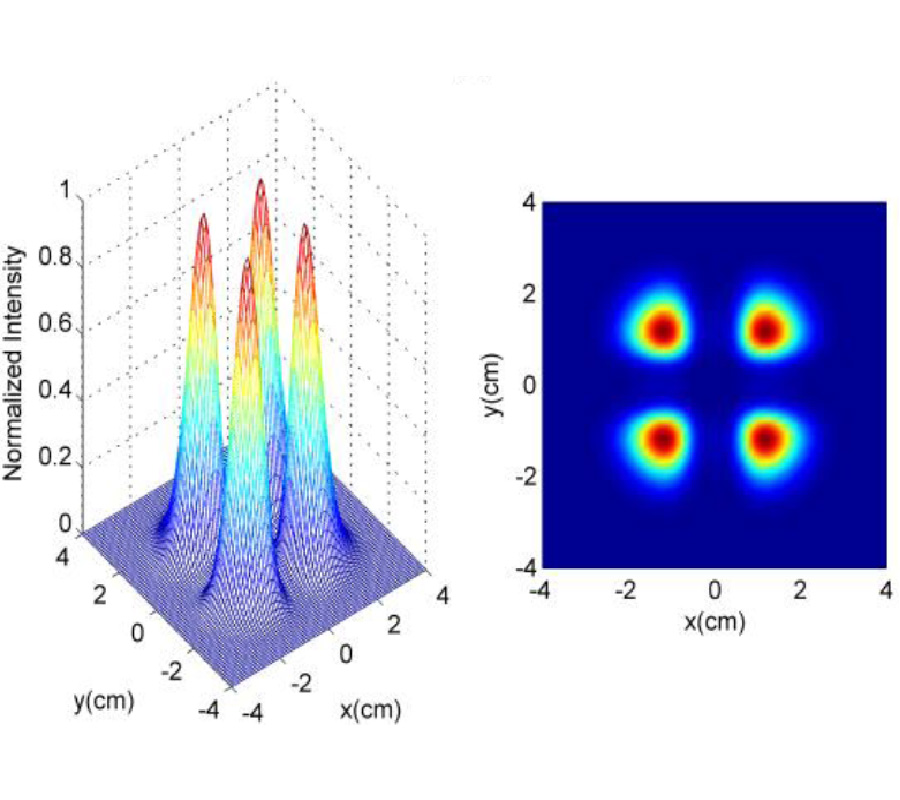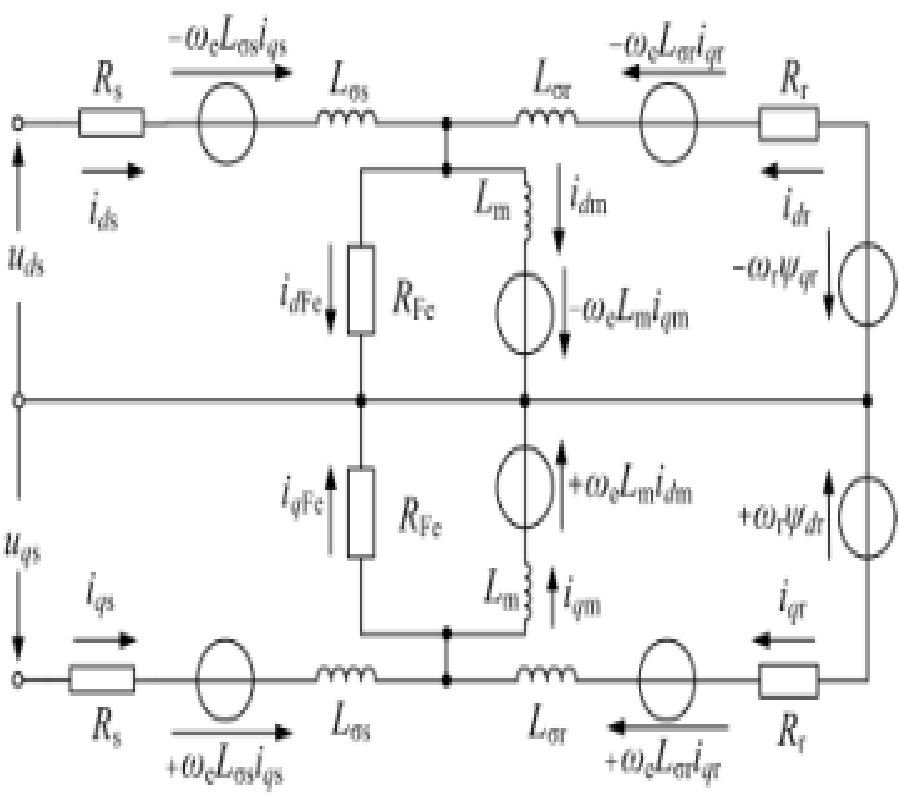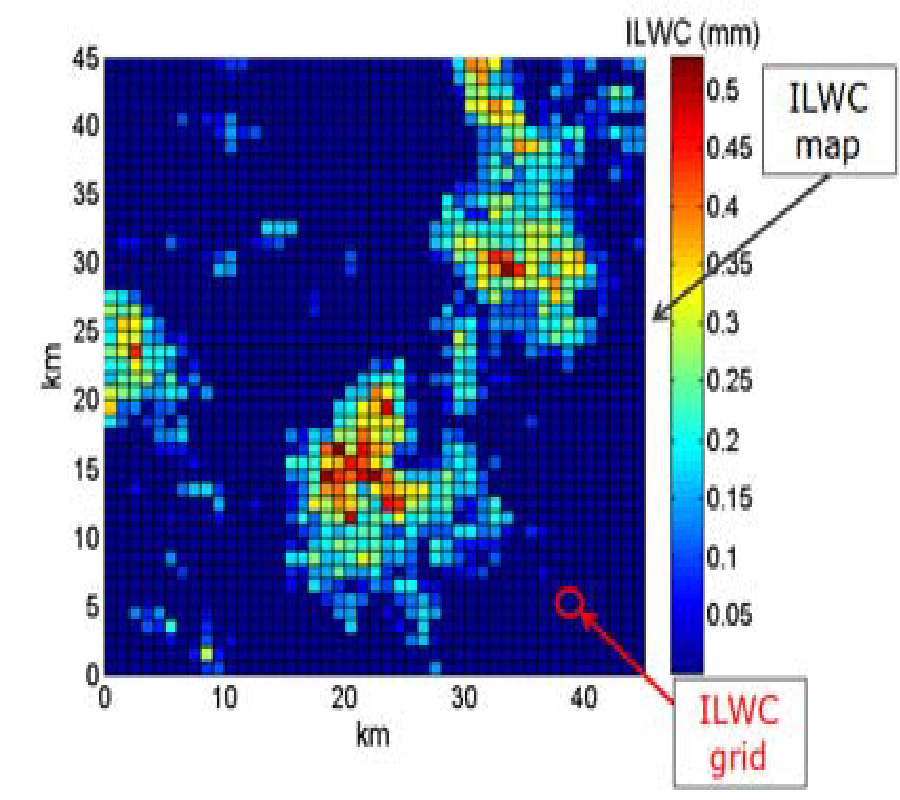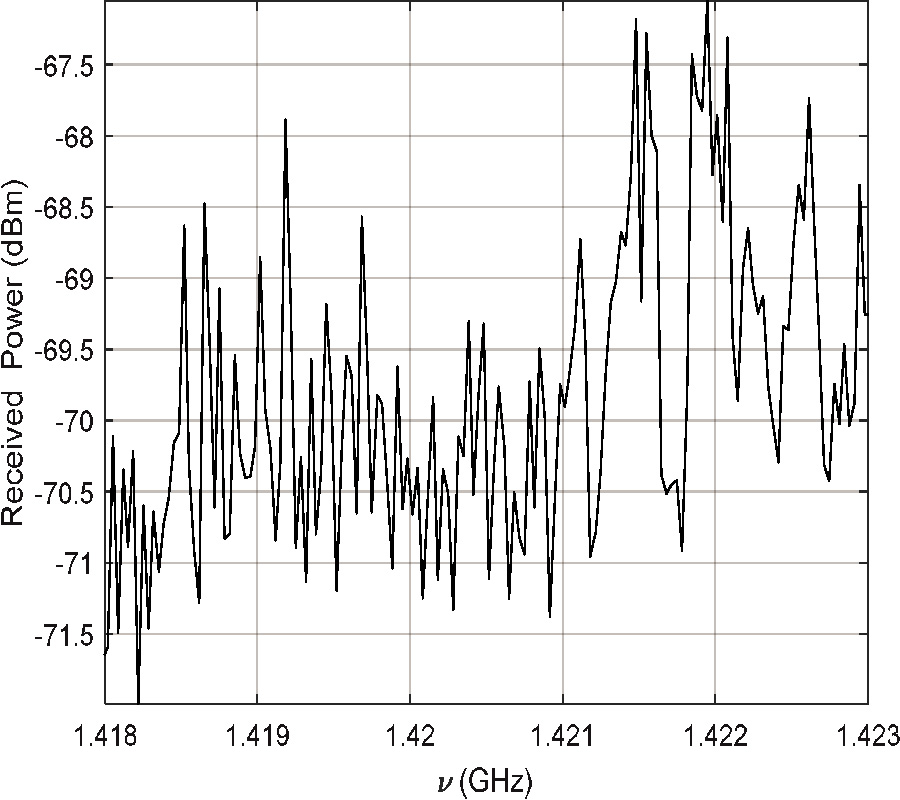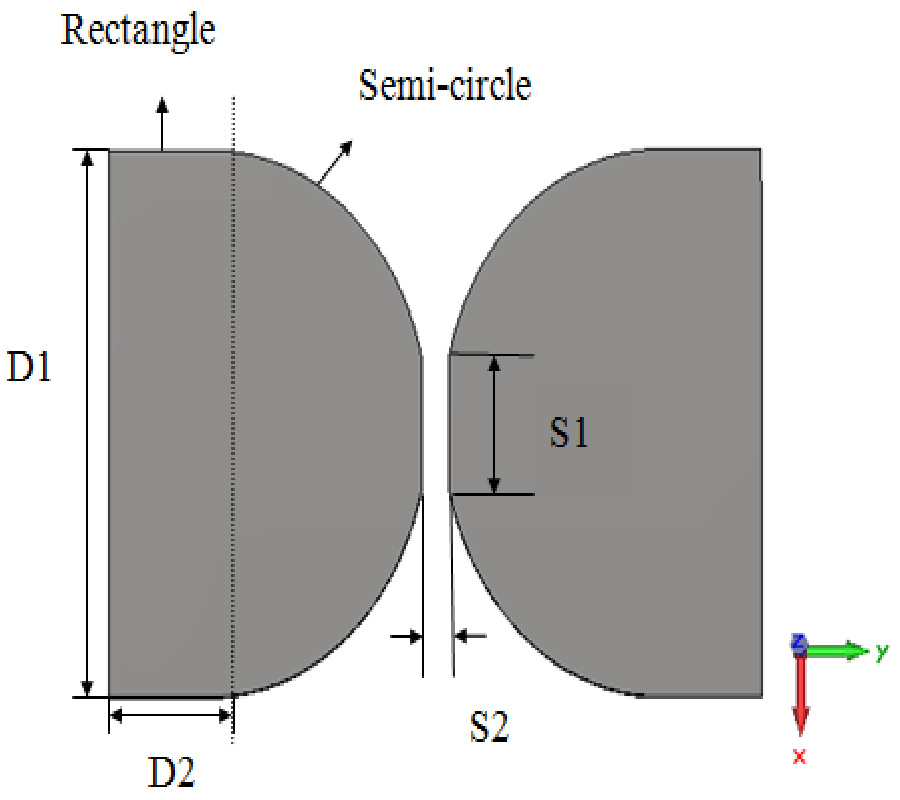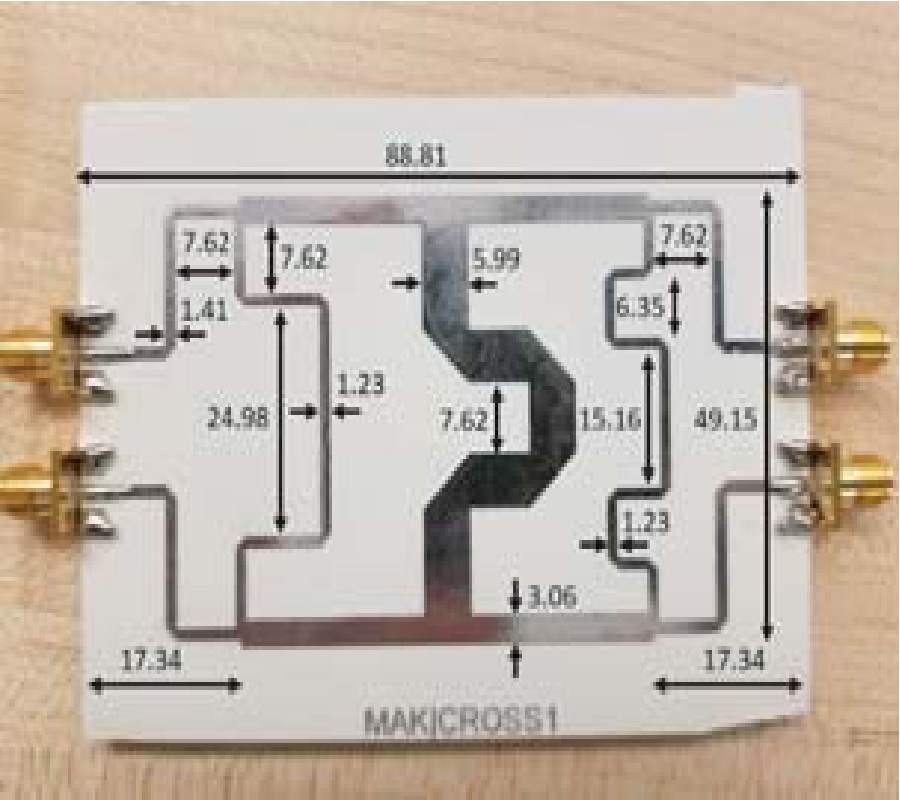2019-07-15 Latest Published
By Bingjian Niu
Jie-Hong Tan
Progress In Electromagnetics Research Letters, Vol. 85, 145-149, 2019
Abstract
A compact two-element multiple-input-multiple-output (MIMO) antenna with high isolation is proposed in this paper. It is based on a half-mode substrate-integrated-waveguide (SIW) cavity where three edges are shorted by metallic vias, and one edge is opened to radiate cavity energy into free space. Fed by coaxial ports, two antenna elements are constructed in the SIW cavity, and a narrow T-shaped slot is introduced to enhance the isolation between them. High port isolation can be achieved by adjusting the slot length although these antenna elements are connected with each other. A prototype has been fabricated and measured. With the compact cavity size of 0.22λ0 × 0.44λ0, the fabricated antenna achieves the operating frequency of 3.51 GHz, enhanced isolation of 18.0 dB, low envelope correlation coefficient of 0.006, peak gain of 5.2 dBi, and high efficiency of 82.6%. Therefore, the proposed MIMO antenna has potential applications for wireless communication.
